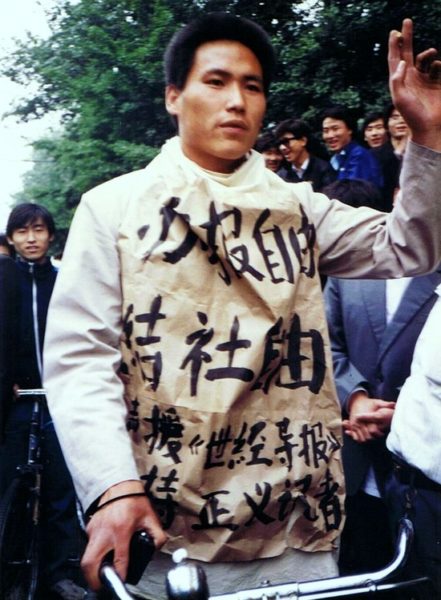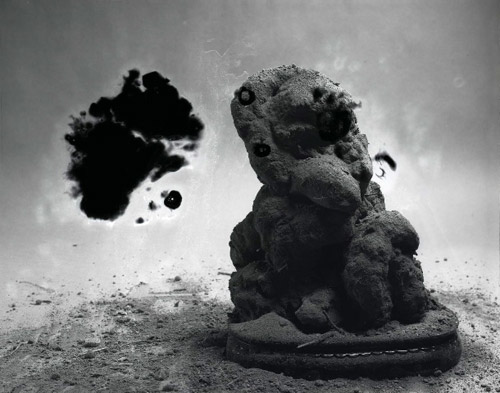
Of All the Things to Say about Mayor Pete
these positionings continue to have appeal for academics, who are often relatively well-off at elite universities, who have the leisure to pose and play at abjection. Their work distills a schizophrenic desire: they want to run free with the wolves while howling in protest against their exclusion from society. But the authors are in fact very far removed from the lives of the most oppressed and marginalized, who they take as their models and who they purport to represent.













